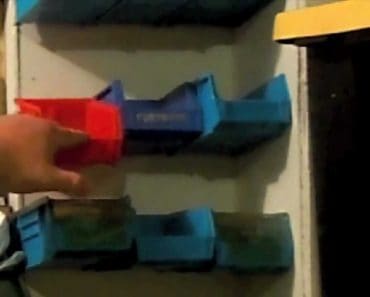This post shows how to make Dakin’s Solution, which is a great homemade antiseptic. Dakin’s solution is an antiseptic solution containing sodium hypochlorite (Common Household Bleach) and water. It was first developed during World War I to treat infected wounds. Dakin’s solution is not the only antiseptic that can be made at home. As there […]
Tag: DIY
90 amp Harbor Freight Welder Review
This review may be a little controversial – it all depends on if a professional welder reads it… I want to learn to weld, it’s on my “hope I never kick the bucket” list. You know skills I wish I had, but if I had them all I would be 176 years old simply […]
How to Build DIY Akro Bin Rail
Here is the link for the instructables.com post that instigated this DIY akro bin rail project. When I saw this workshop organizer project in my inbox I knew I had to try it. I had just inherited quite a few acro bins, and when added to the ones I already had, I needed a […]
How to Install a Sling Swivel on a M6 Scout
One of the first guns I ever bought for myself was a Springfield Armory M6 scout rifle. Like almost all owners of the M6 scout, I really like the concept, but I find it needs a sling swivel to really fit my needs. What is the M6 Scout For the uninitiated, the M6 scout […]





